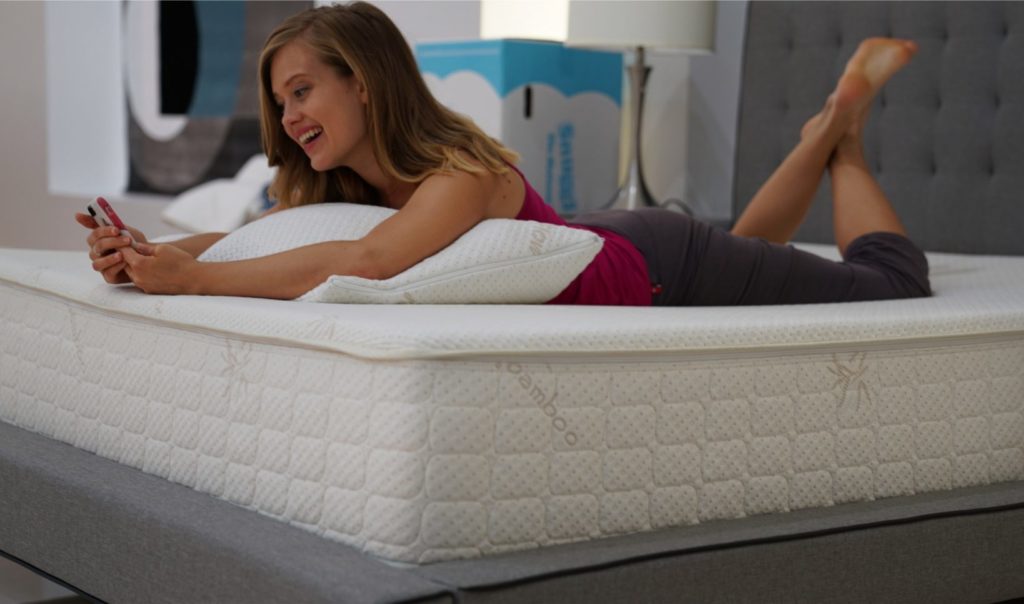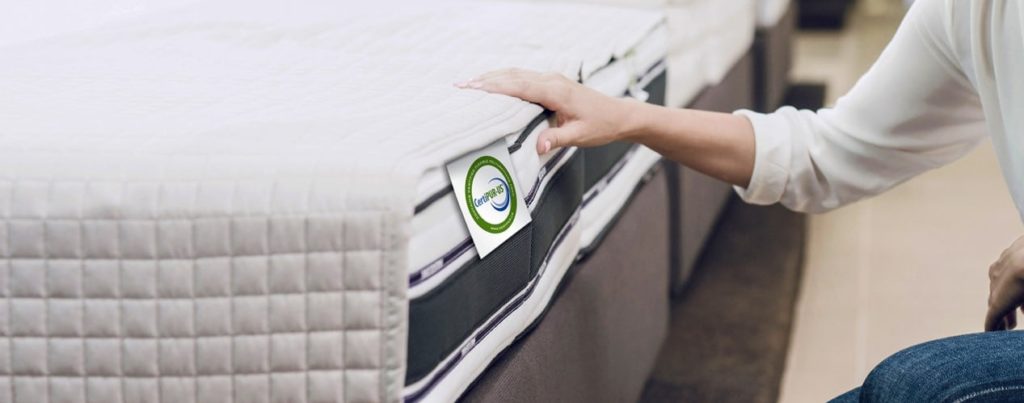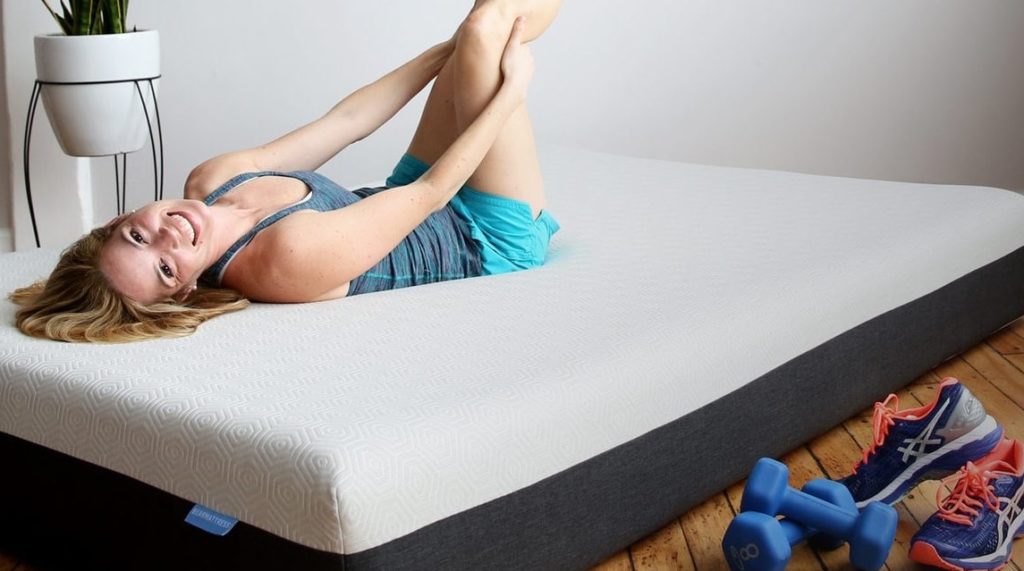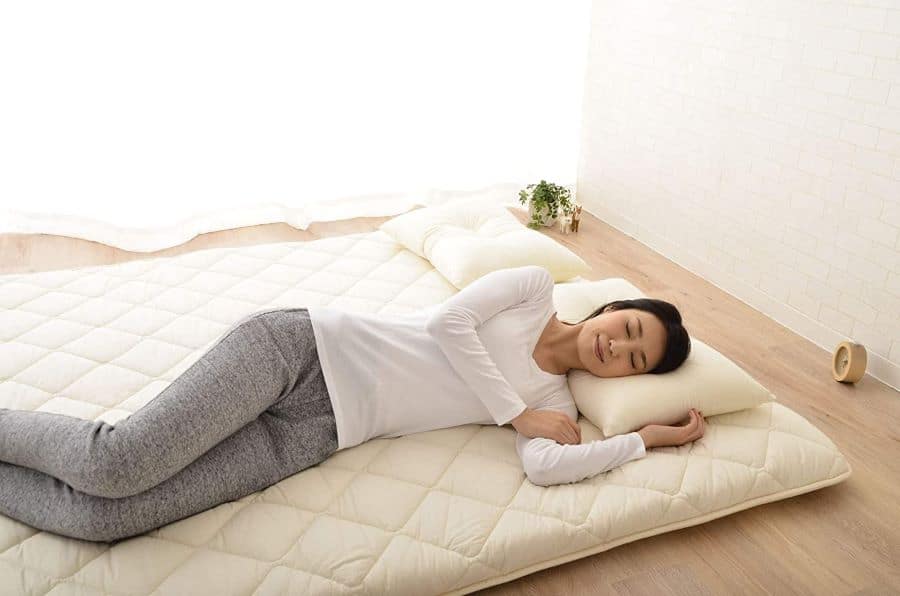

Mold is disgusting and difficult to get rid of. It can be dangerous to your health. Often mold is found in damp places such as the kitchen and the bathroom, but did you know it can grow on your mattress? This fact is very disturbing. To help prevent mold from growing on your mattress, you first need to understand what it is, how it grows and spreads, and what you can do about it. In this article, we will answer your burning questions about mold on mattress growth and tips to help you learn how to identify it. We’ll also give you tips and tricks on how to combat this offensive house pest.
Mold is a type of fungi that thrives in moist places. Unlike mildew, it is much more dangerous to your health. Mildew is much easier to remove than mold. The easiest way to tell the difference between them is that mold has a fuzzy appearance like you would see growing on old bread. Mildew is flat and appears as black spots. There are
various tips
Trusted Source
Allergies? Tips to minimize your exposure to mold - Harvard Health
Even if you are getting allergy shots or taking medications, the best way to help your shots and other allergy medicines do their job is to reduce your exposure to allergens. Avoidance is the best medicine! The most common symptom is a stuffy or runny nose due to allergic rhinitis.
www.health.harvard.edu
to minimize your exposure to mold.
As mold loves moist conditions when you sweat, the moisture seeps into your mattress and provides the perfect environment for it to grow. Factors to look out for include:
Mold will normally start growing underneath the mattress. This means that if you don’t flip your mattress often, it might take you a while before you notice it growing.
The most common early signs of mold include:
Mold spores have a very distinctive smell. It smells a bit like rotting food and tends to be fuzzy in appearance. Mold on a mattress has a damp smell that you may only start to notice after the problem is out of hand.
If you smell anything, look for spores immediately. If you do discover mold on your mattress, then you need to deal with it as quickly as possible. It can lead to serious health problems if not treated.
Mold is very bad news for those that suffer from asthma or allergies. The spores are incredibly dangerous, especially when you breathe them in. The mold that grows beneath your mattress is especially worrisome as you spend a lot of your time in bed. As you sleep, you’re exposed to spores and are subjected to health complications Trusted Source Mold can trigger allergies, asthma, other health issues. Here are 6 ways to keep it out of your house - The Washington Post Fungus needs moisture to thrive, so keeping dampness and water from collecting where it doesn’t belong inside your home is key. www.washingtonpost.com . If you’re exposed to mold for a long period of time, you may start to feel allergy-like symptoms.
These include:
You should feel better after leaving the infected area.
Examine your mattress carefully and look for tiny black spots of mold. These are usually found underneath, on any part that touches the ground or the box spring itself. The spots can be black and furry or appear white in color. How do you know if the mattress has mildew or is growing mold? Mildew is easy to get rid of and simply wipes away. Mold, on the other hand, is much more difficult to get rid of. If you have problems sleeping on a soft surface, choose a firm mattress for your health and comfort.
Mold needs dark, damp conditions in order to grow. The longer the area is undisturbed, the larger the infestation will become. The underside of your mattress is the perfect breeding ground as it’s protected from direct light and gives the fungi moister in the form of sweat. Your bed sheets should absorb most of the swear if you wash them on a regular basis. If your mattress touches the ground, it prevents air circulation. That, combined with body heat and sweat, are the perfect recipe for mold growth.
Humidity is the amount of moisture that is present in the air. The level of humidity in your home can influence aspects of your health. Too much humidity can interfere with your sleep cycle, increase allergies and lead to mildew and mold.
Tips to control humidity include:
The SEAVON portable dehumidifier is showing promising reviews. It features a 35oz(1000ml) capacity tank that extracts up to 16oz(450ml) of water from the environment. The dehumidifier is suitable for the bathroom or bedroom. It will keep the moisture level below 45%. Removing more moisture from the air.
To prevent excess moisture from getting trapped in your mattress, it’s important to air your mattress every couple of months, or if you start to notice any issues. To air your mattress, follow these steps:
Once this process has been completed you shouldn’t have any further problems. Using a steam cleaner is also a powerful deterrent and should be used regularly. Reviews suggest that the Ultimate Steamer in the USA is The PurSteam Garment Steamer, it’s very powerful, has a 2.5-liter tank and, can steam continuously for over 60 minutes.
The type of material that your mattress is made from can also make a big difference in mold growth. There are some materials that are more resistant to growing mold. Memory foam has a very bad reputation for growing mold; this is because the mattress doesn’t have very good airflow, so it traps moisture inside the material. If you have a memory foam mattress you need to follow the memory foam cleaning instructions carefully.
Select fabrics that are natural, such as natural latex, wool, and rubberized coconut fiber. There are various splendid latex mattresses that will turn your night’s sleep into a fairy tale.
Using a mattress protector will help prevent mold to a certain extent. Air needs to be able to flow through the fabric freely and allow the moisture to escape. If you use a mattress protector with a plastic cover, this will have the opposite effect.
You should try to find a cover that is water-proof but still breathable and hypoallergenic.
There is a reason that you require a bed frame or box spring for your mattress. This is to lift the mattress off the ground and allow air to pass through it. The floor is very flat and will prevent air from flowing through the material. It also traps any moisture from escaping.
This can cause mold to grow. Your mattress will also be more susceptible to dust mites, bacteria and increase allergies. Most manufacturers state you will void your warranty if you place the mattress directly on the floor.
You should vacuum your mattress at least once a month. Allergens such as dust mites, dead skin cells, and mold may appear if you don’t take the necessary precautions. If you spill anything on the mattress, make sure it’s completely dry before covering it with bedding.
As an added deterrent, spray your bed with an antibacterial spray and air it out after vacuuming it for a few hours. EC3 Mold Solution Spray is a botanically-based cleaning and deodorizing spray that is all-natural, making it the ideal solution to prevent mold growth.
If you find mold on your mattress, there are some things that you can do to get rid of it. Follow these steps:
Yes, mold can make you very sick and is very bad for those that suffer from allergies. Symptoms include burning eyes, itchy skin, sore throat, and burning nose. Difficulty breathing and asthma complications.
Yes, most natural fabrics are mold resistant. This includes mattresses constructed from natural latex, wool, and rubberized coconut fiber. Foam is the worst type of material as it absorbs moisture and encourages the growth of mold.
It only takes 24 – 48 hours for these fungi to start growing inside your mattress. It spreads very quickly and can be difficult to control if not treated immediately. The higher the humidity in the room, the quicker the mold will grow and spread. You should start treating the mattress as soon as you detect mold.
Mold has the potential to grow just about anywhere. The spores are extremely dangerous and can lead to serious health conditions. Allowing your mattress to get enough air and monitoring the humidity in your room will help prevent mold from growing. It’s important to vacuum and air your mattress on a regular basis and avoid sleeping on it before having a shower. If you spill anything, clean it immediately and allow it to dry completely before recovering the area. This will prevent mold on mattress and other fungi from growing.
Choosing the correct type of mattress and mattress protector will aid in the fight against mold. Try to avoid memory foam mattresses, but if you do have one, follow the care instructions carefully and put the mattress in the direct sunlight at least once a month to be on the safe side. Avoid placing your mattress directly on the floor and encourage as much airflow in your bedroom as possible.





